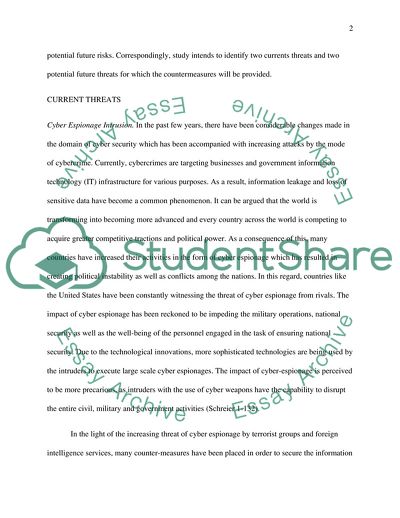Cite this document
(Intelligence and the Increasing Advancement in the Technology Case Study, n.d.)
Intelligence and the Increasing Advancement in the Technology Case Study. Retrieved from https://studentshare.org/technology/1818995-intelligence-and-technology
Intelligence and the Increasing Advancement in the Technology Case Study. Retrieved from https://studentshare.org/technology/1818995-intelligence-and-technology
(Intelligence and the Increasing Advancement in the Technology Case Study)
Intelligence and the Increasing Advancement in the Technology Case Study. https://studentshare.org/technology/1818995-intelligence-and-technology.
Intelligence and the Increasing Advancement in the Technology Case Study. https://studentshare.org/technology/1818995-intelligence-and-technology.
“Intelligence and the Increasing Advancement in the Technology Case Study”. https://studentshare.org/technology/1818995-intelligence-and-technology.


